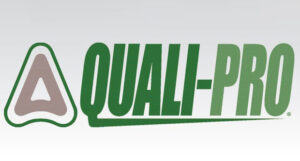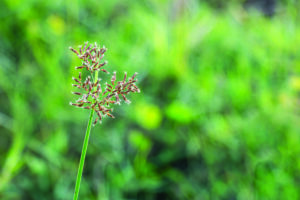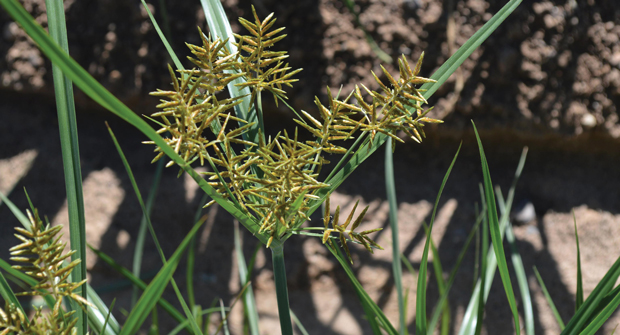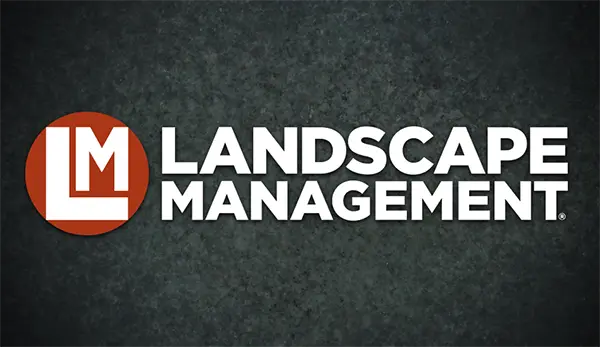For lawn care operators (LCOs) nutsedge can be an absolute nightmare. It’s persistent, adaptable and, worst of all, doesn’t have a perfect control solution available.
Richard Pearl, chief financial officer and director of operations at Veragreen in Nashville, Tenn., says it’s similar to Poa annua in terms of difficulty to control. And for him, it’s one of the most common perennial pests that results in customers calling for help.
Nutsedge has two popular varieties: a yellow variant (Cyperus esculentus) that is taller and more cold-tolerant, plus its purple counterpart (Cyperus rotundus), which hangs out more aggressively in warmer climates.

Together, these two can terrorize lawns and landscapes throughout the U.S., reproducing primarily through underground tubers and rhizomes which can persist in the soil for years. Pearl says pulling out nutsedge can help with identification if needed, but it should never be used as a control method, since the tubers will create more weeds.
“(Customers) are like, ‘Yeah, well, I pulled it out. I don’t understand why it keeps coming back.’ You pulling it out made it come back even worse,” he says.
On the lookout
Pearl says nutsedge can sometimes be called nutgrass by homeowners or other industry pros, but that statement can be misleading when it comes to identification and control. The rapid growth rate is a great way to spot it initially.
He also says that yellow nutsedge stands out thanks to its lighter, more lime-green color, and purple nutsedge has darker green leaves. The seedhead colors are tan and straw-colored or red to purplish brown, respectively.

The leaves are also thicker and stiffer than grass and are usually arranged in sets of three at the plant’s base. Both yellow and purple nutsedge can form dense colonies, making them a noticeable eyesore in any lawn.
Chemical controls
Pearl says common active ingredients used to control nutsedge include halosulfuron and sulfentrazone.
“There are a lot of companies trying to put together different types of products that are one pre- and postemergent, which is what we’re using,” he says.
This year, Pearl says he’s trying a slightly different application strategy to get control of nutsedge, and managing this tricky weed requires a lot of strategic thinking.
“We’re currently blanket-treating corner to corner with Arkon (pyrimisulfan), and we’re going full control and really just trying to get the best control we can,” Pearl says. “And then what we’re also going to do is, in the next round, use a halosulfuron-type product. The only issue with halosulfuron is it’s very slow moving, but that is going to give us the back-end control of what we’re currently putting down.”
Pearl says a lot of times nutsedge can feel like you’re just throwing the kitchen sink at it to see what works, but he recommends a strategic approach of rotating different modes of action to help combat the weed building up a resistance.
“There are studies of nutsedge right now that it’s becoming resistant to a lot of products that are out there,” Pearl says.
One thing Pearl recommends for LCOs is to get vocal and help others in the industry with this pest. He says nutsedge is something everyone can struggle with, so he hopes the industry keeps coming together to share what strategies it finds effective.
“As we continue to evolve in the industry, and as the industry continues to evolve around us, we become really reliant on those who are in the industry to continue to help each other,” he says. “If someone knows of something that’s working or something that isn’t, don’t be scared to share it with your peers, because at the end of the day, we’re all in this together.”


